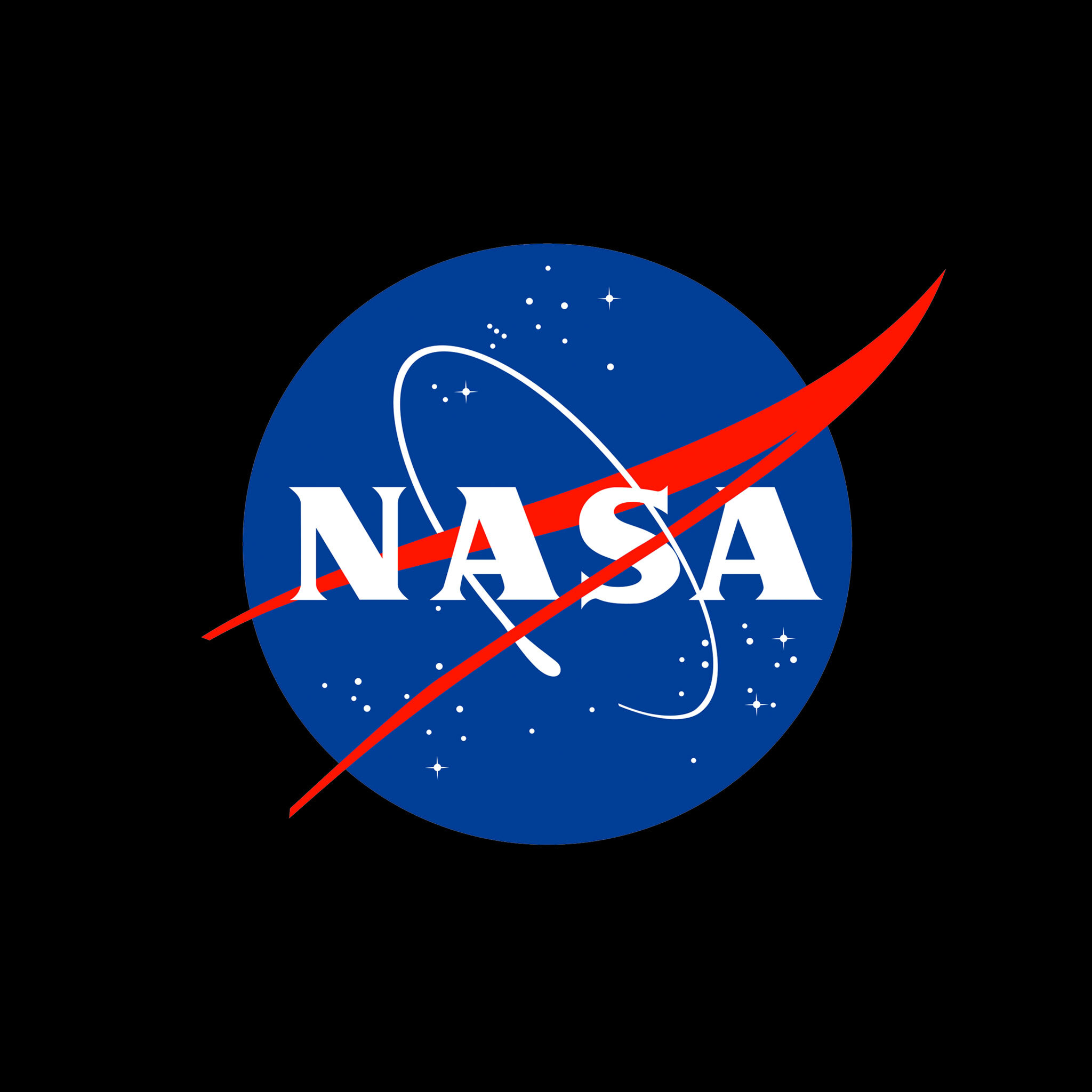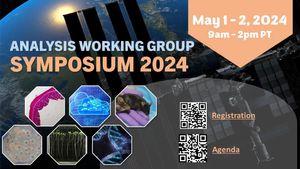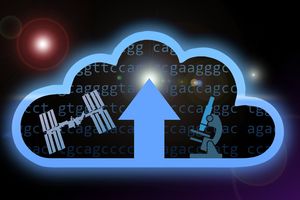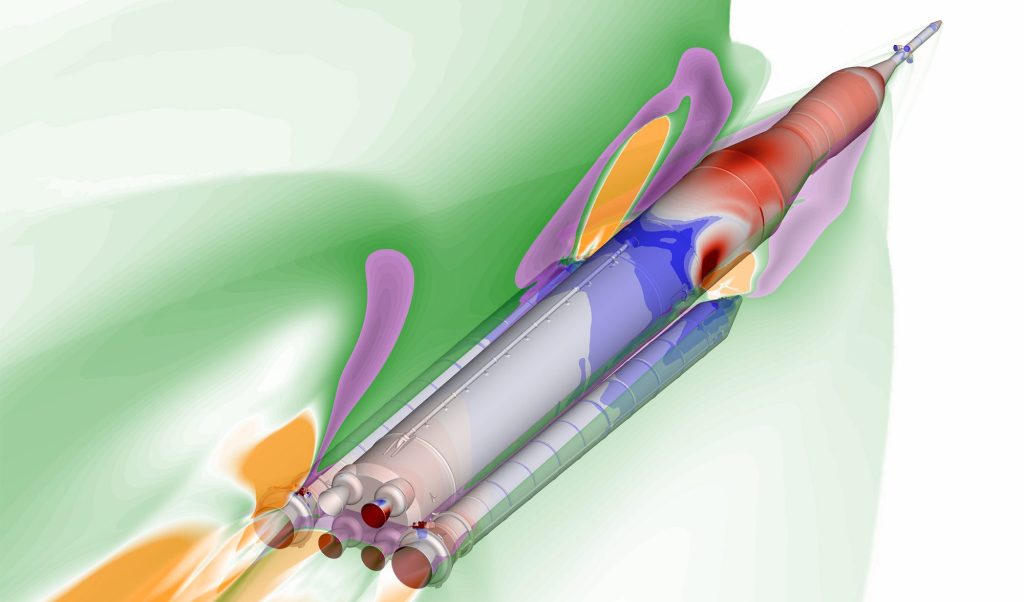International Year of Quantum: Why NASA Studies the World We Don’t See
/quantum_physics_bose_einstein_condensate.jpg?w=2500&h=1666&fit=clip&crop=faces%2Cfocalpoint)
The United Nations Educational, Scientific, and Cultural Organization (UNESCO) has dubbed 2025 the International Year of Quantum Science and Technology, in honor of 100 years of research in the field of quantum mechanics. The milestone prompts the question, “Why should we study the world we don’t see?”
We live in a quantum world — in the realm of the very small. Comprised of atomic and subatomic particles, or the building blocks of all matter, quantum research helps us better understand the connected nature of a universe, but even with quantum mechanics, scientists can only explain less than 5% of the mass and energy in the known universe.
As a branch of physics, quantum mechanics explains what classical physics cannot: how particles behave like waves at the atomic level. Quantum research makes it possible to explain the behavior and interactions between these particles, as well as the forces that hold atoms together and give structure to our universe. It underlies everyday devices such as cellphones, computers, medical devices, and GPS, not to mention lasers, fiber optics, and LEDs.
NASA’s Biological and Physical Sciences (BPS) Division uses the unique conditions of space to dive deeper into the behavior of these atoms and, at the same time, to uncover whether Albert Einstein was right about how the universe behaves. In Einstein’s theory, time does not pass at the same rate for everyone. Space and time are warped by matter.
Validating Einstein’s theory of general relativity deepens our understanding of gravity and can provide insights into the nature of dark matter and dark energy, which comprise 95% of the mass and energy of the cosmos. Furthermore, we can only detect these phenomena on cosmological scales; that is, through their effects on the scale of galaxies and throughout the universe, not locally from our vantage point on Earth.
Astronomers call dark matter the galaxy’s “scaffolding” — we can’t see it, but we can feel its gravitational pull. Dark energy, meanwhile, is like a balloon inflating in space — a mysterious influence driving the accelerated expansion of the universe.
BPS is pushing the boundaries of quantum’s mysteries on three groundbreaking missions and experiments:
-
01
The Cold Atom Lab
Launched to the space station in May 2018, serves as a first-of-its-kind facility to study ultra-cold atoms in microgravity. The approximate size of a small refrigerator, the Cold Atom Lab often is labeled the “coolest place in the known universe,” because of its ability to chill atoms to almost absolute zero. These almost motionless atoms, called Bose-Einstein Condensates, get so cold they begin acting like a single, large particle, allowing scientists to observe quantum effects.
While scientists demonstrated the first Bose-Einstein Condensate in 1995, the microgravity environment of space bypasses terrestrial limitations, enabling studies of quantum matter that cannot be conducted on Earth. The experiments NASA is performing using the Cold Atom Lab will someday allow scientists to measure gravity with unprecedented precision.
Precise measurements of gravity could underly future technologies that improve spacecraft navigation, track water on Earth, explore the composition of moons and other planets from orbit, and probe mysterious cosmic phenomena, like dark matter and dark energy. -
02
The Space Entanglement and Annealing Quantum Experiment (SEAQUE)
SEAQUE was deployed in November 2024 on the Materials International Space Station Experiment. This experiment aims to demonstrate quantum-level communication in space through entanglement, a fundamental principle in quantum physics where particles remain connected even when separated by great distance. SEAQUE is testing technologies that could enable secure, long-distance quantum communication using entangled photons, potentially paving the way for quantum networks in space and on Earth.
This advancement ultimately could result in enhanced security for data transmission between spacecrafts and improved capabilities for quantum computing and sensing applications on Earth. -
03
Atomic Clock Ensemble in Space (ACES)
ACES, a European Space Agency investigation for which BPS is providing ground support and atomic clocks on the ground for comparison, isexpected to launch to the International Space Station in 2025. This experiment will demonstrate a new generation of atomic clocks in the space environment to test Einstein’s theory of general relativity by measuring time with extreme accuracy in space.
The ACES network will allow scientists to compare ground clocks at high resolution on a world-wide basis using both microwave and optical links.
Although 100 years have passed since the development of quantum mechanics, much remains unknown about quantum phenomena. Using space as a laboratory, however, has led to scientific breakthroughs that could unlock mysteries of the universe and contribute to new technologies beyond our imagination.
How this benefits space exploration:
Insights from quantum research could advance humanity’s exploration of space by enabling highly precise measurements of phenomena in space, improving navigation, and enhancing space situational awareness.
How this benefits humanity:
Quantum research has contributed to technologies used in everyday life, including GPS navigation, medical imaging, cell phones, computers, and more. NASA’s quantum research also advances scientific knowledge, opening up new career pathways and inspiring new generations of physicists.
About BPS:
NASA’s Biological and Physical Sciences Division pioneers scientific discovery and enables exploration by using space environments to conduct investigations not possible on Earth. Studying biological and physical phenomenon under extreme conditions allows researchers to advance the fundamental scientific knowledge required to go farther and stay longer in space, while also benefitting life on Earth.
Latest Content
Stay up-to-date with the latest content from NASA as we explore the universe and discover more about our home planet.

GeneLab for Colleges and Universities Training Resources GeneLab for Colleges and Universities (GL4U) GL4U is designed by NASA GeneLab in collaboration with the…

On May 1st and 2nd, the Open Science Data Repository (OSDR) hosted the 2024 AWG Symposium, a virtual event that…

On Thursday, March 16th, Open Science hosted the 2023 Analysis Working Group (AWG) Symposium from 10 am – 2:30 pm…




























